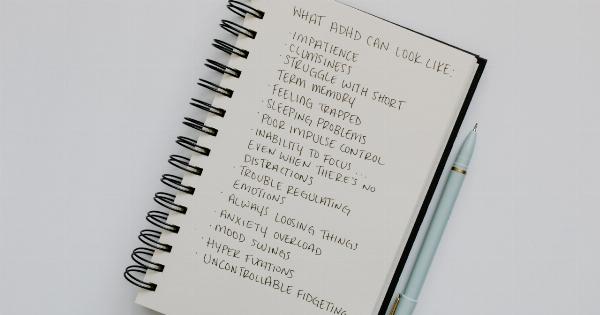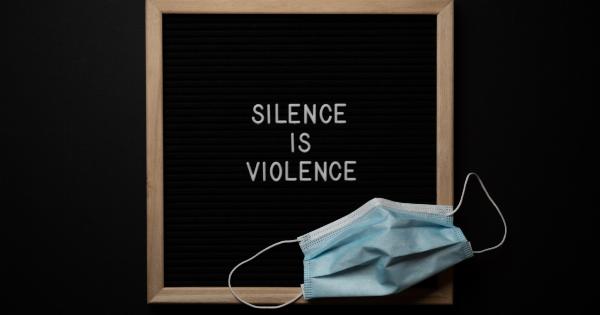ADHD, or attention-deficit/hyperactivity disorder, is a neurodevelopmental disorder characterized by symptoms of inattention, hyperactivity, and impulsivity that interfere with daily functioning.
ADHD is one of the most common childhood disorders, with an estimated prevalence of 5-10% of children and adolescents worldwide.
Causes of ADHD
The exact cause of ADHD is unknown, but experts believe that genetics and environmental factors play a role.
Research has found that ADHD tends to run in families, and children who have a parent or sibling with ADHD are more likely to develop the disorder themselves.
Environmental factors that may contribute to the development of ADHD include low birth weight, premature birth, exposure to toxins such as lead or pesticides, and maternal smoking during pregnancy.
Symptoms of ADHD
The symptoms of ADHD fall into three categories: inattention, hyperactivity, and impulsivity.
Inattention
Children with ADHD may have difficulty paying attention, following instructions, and organizing tasks. They may also be forgetful, easily distracted, and lose things frequently.
Hyperactivity
Children with ADHD may have difficulty sitting still, fidgeting, and always be on the go. They may also talk excessively and interrupt others.
Impulsivity
Children with ADHD may act without thinking, interrupt conversations, and have difficulty waiting their turn. They may also engage in risky behavior without considering the consequences.
Treatment of ADHD
ADHD is typically treated with medication, behavioral therapy, or a combination of the two. Stimulant medications such as Ritalin or Adderall are commonly used to treat ADHD, as they help improve concentration and reduce hyperactivity.
Behavioral therapy may include parent training, social skills training, or cognitive-behavioral therapy.
Coping with ADHD
There are several strategies that can help children and adults manage their symptoms of ADHD. These include:.
- Creating a routine or schedule to help with organization
- Breaking tasks into smaller, more manageable steps
- Using visual aids such as pictures or charts to help with memory
- Reducing distractions in the environment
- Regular exercise and a healthy diet
Additional Resources
There are many resources available for individuals and families affected by ADHD. Some useful organizations include:.
- CHADD (Children and Adults with Attention-Deficit/Hyperactivity Disorder)
- ADDitude Magazine
- National Institute of Mental Health
Conclusion
ADHD is a common neurodevelopmental disorder that affects millions of children and adults worldwide.
While the exact cause and cure for ADHD is still unknown, there are many treatment and coping strategies available to help manage the symptoms of the disorder and improve daily functioning.





























